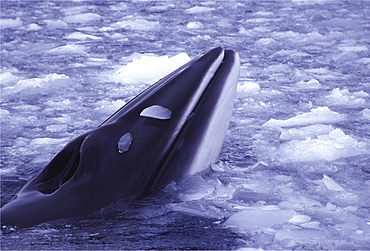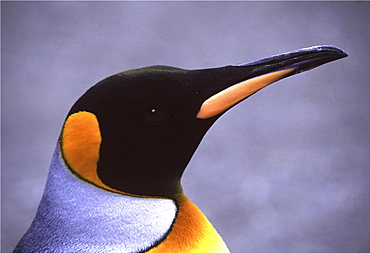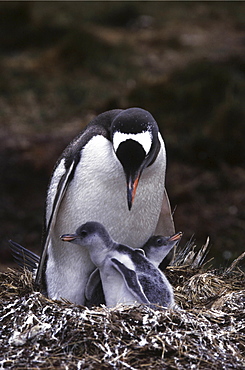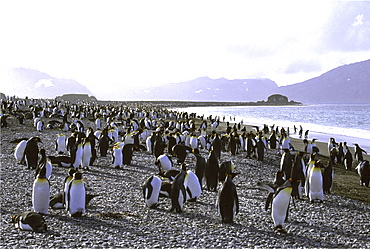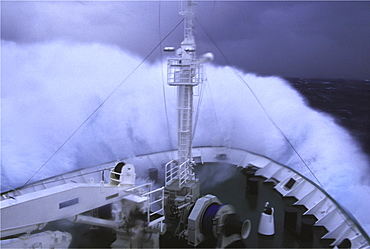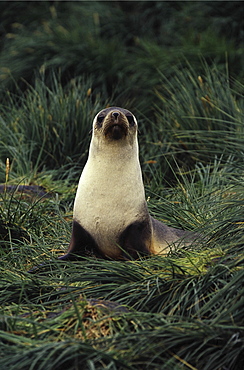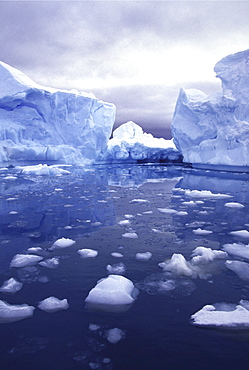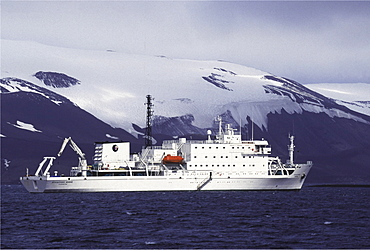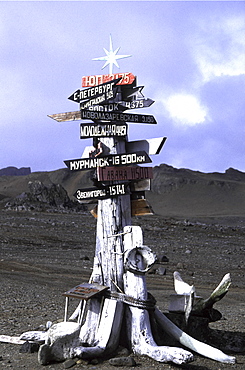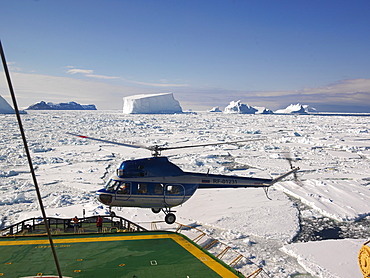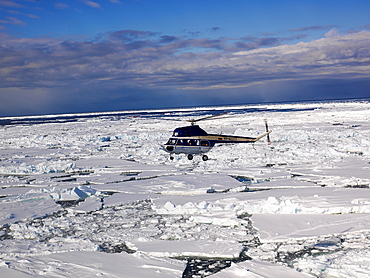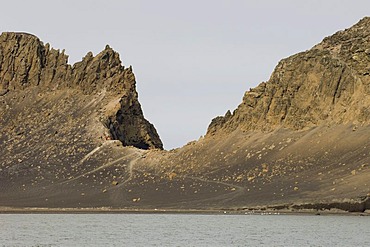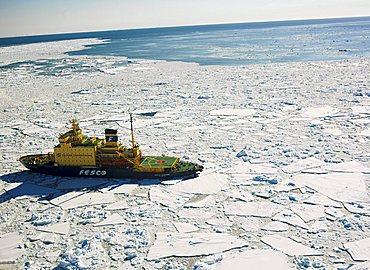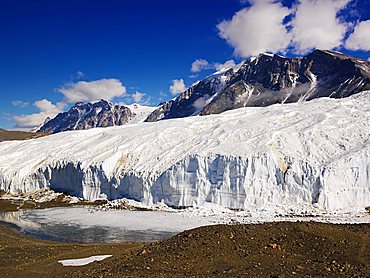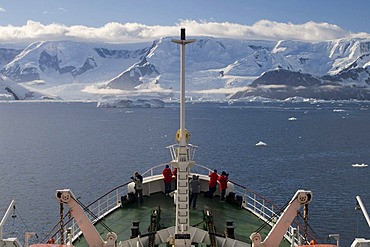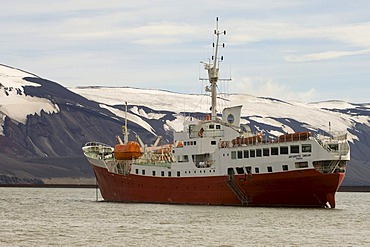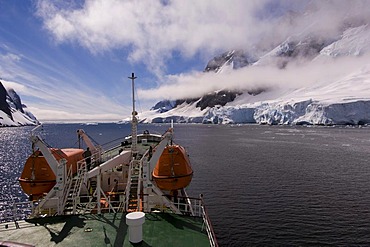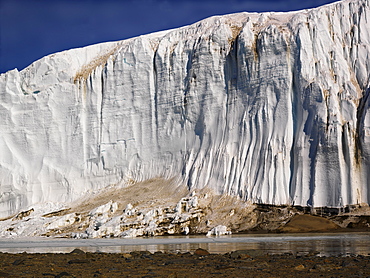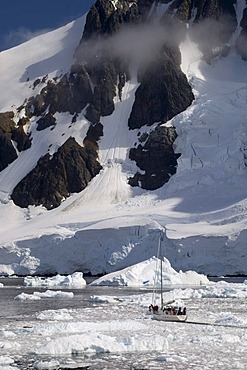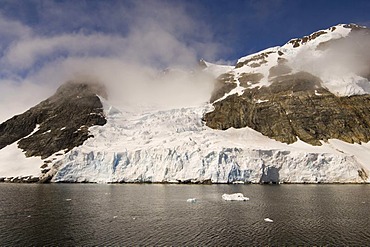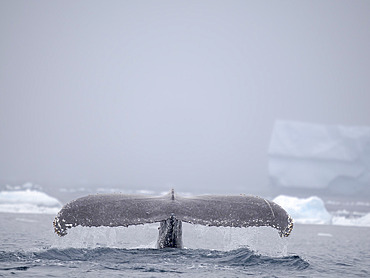Results
« Previous 1 2
113 results found

King penguins (Aptenodytes patagonicus) on the beach at breeding and nesting colony at Salisbury Plain in the Bay of Isles, South Georgia, Southern Ocean, Polar Regions
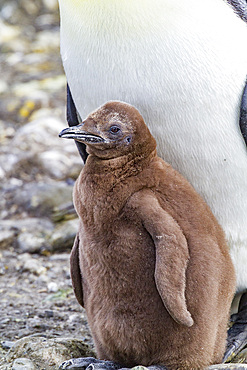
King penguin (Aptenodytes patagonicus) adult and chick at breeding and nesting colony at Salisbury Plain, South Georgia, Polar Regions

A rare melanistic king penguin (Aptenodytes patagonicus), feeding its okum boy chick at Fortuna Bay, South Georgia Island, Polar Regions
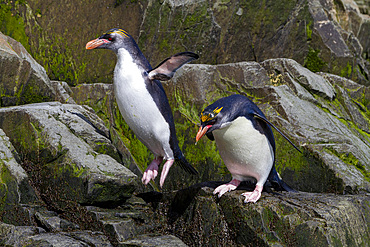
Macaroni penguins (Eudyptes chrysolophus) scrambling up steep cliffs at Hercules Bay on South Georgia Island, Polar Regions
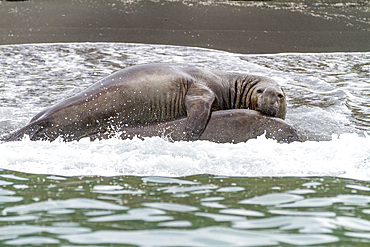
Adult bull southern elephant seal (Mirounga leonina) mating in the surf at Gold Harbour on South Georgia Island, Polar Regions
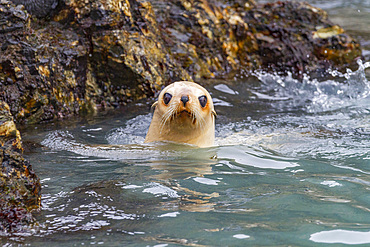
Leucistic caused by lack of melanin, or blond Antarctic fur seal pup (Arctocephalus gazella) on South Georgia, Polar Regions
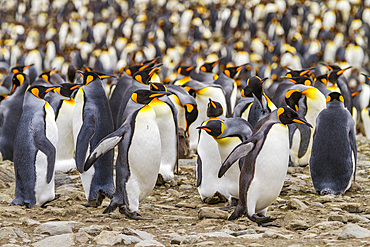
King penguin (Aptenodytes patagonicus) breeding and nesting colony at St. Andrews Bay on South Georgia, Southern Ocean, Polar Regions
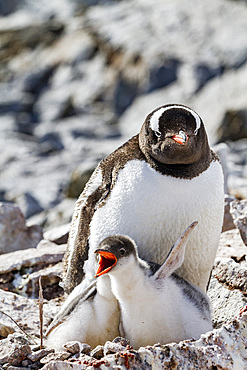
Gentoo penguin (Pygoscelis papua) adult with chicks at breeding colony on Booth Island, Antarctica, Southern Ocean, Polar Regions
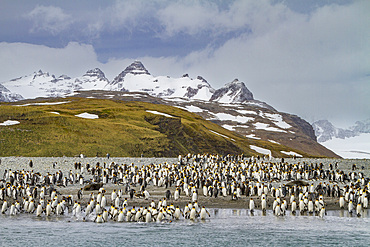
King penguin (Aptenodytes patagonicus) breeding and nesting colony on South Georgia Island, Southern Ocean, Polar Regions
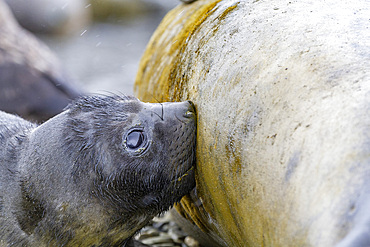
Mother southern elephant seal (Mirounga leonina) nursing young pup at breeding site at Peggotty Bluff, South Georgia Island, Polar Regions
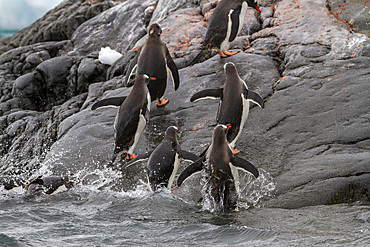
Adult gentoo penguins (Pygoscelis papua), returning and coming from the sea at Booth Island, Antarctica, Southern Ocean, Polar Regions
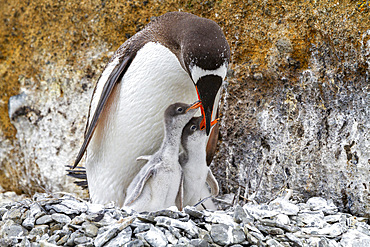
Adult gentoo penguin (Pygoscelis papua), feeding chicks at Brown Bluff near the Antarctic Peninsula, Southern Ocean, Polar Regions

Adult wandering albatrosses (Diomedea exulans) at nest site on Prion Island in the Bay of Isles, South Georgia, Polar Regions
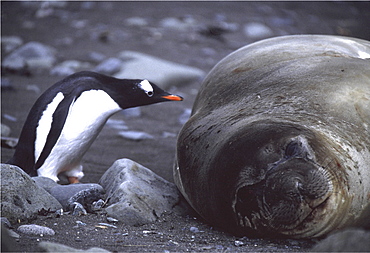
Southern elephant seal. Mirounga leonina. Gentoo penguin (pygoscelis papua papua) pecks seal. South shetlands
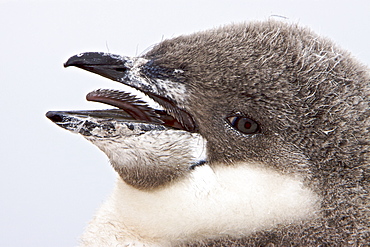
Chinstrap penguin (Pygoscelis antarctica) chick head detail at colony on Useful Island near the Antarctic Peninsula. There are an estimated 2 million breeding pairs of chinstrap penguins in the Antarctic peninsula region alone, perhaps as many as 7.5 million breeding pairs in all of Antarctica. Their name derives from the narrow black band under their heads which makes it appear as if they are wearing black helmets, making them one of the most easily identified types of penguin. Other names for them are "Ringed Penguins", "Bearded Penguins", and "Stonecracker Penguins" due to their harsh call. They grow to 68 cm (27 in). The average adult weight of a Chinstrap Penguin is 4.5 kg (10 lbs). Weight can range from 3 to 6 kg (6.6-13.2 lbs), with males being slightly larger and weight varying based on where the penguin is in the breeding cycle. Their diet consists of krill, shrimp, and fish. On land they build circular nests from stones, and lay two eggs, which are incubated by both the male and the female for shifts of five to ten days. They can also breed on icebergs, though they prefer non-icy conditions. The chicks hatch after about 35 days, and have fluffy gray backs and white fronts. The chicks stay in the nest for 20?30 days before they go to join a creche. At around 50?60 days old, they moult, gaining their adult plumage and go to sea. The Chinstrap Penguin was first described by German naturalist Forster in 1781. Its specific epithet was often seen as antarctica, however a 2002 review determined the genus Pygoscelis was masculine, and hence the correct binomial name is Pygoscelis antarcticus.

Chinstrap penguin (Pygoscelis antarctica) colony in a snowstorm on Half Moon Island near Livingston Island in the South Shetland Islands near the Antarctic Peninsula. There are an estimated 2 million plus breeding pairs of chinstrap penguins in the Antarctic peninsula region alone, perhaps as many as 7.5 million breeding pairs in all of Antarctica.
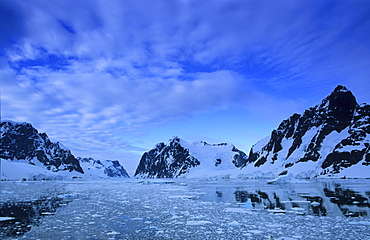
Early morning scenery of the Antarctic Peninsula Region. Lemaire Channel, Antarctic Peninsula, Antarctica.
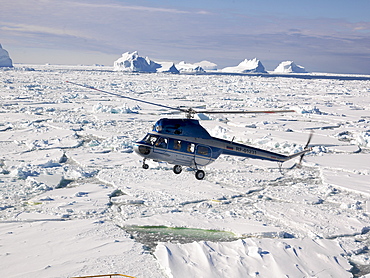
Helicopter landing on the Capt. Khlebnikov icebreaker after a flight over the icebergs off the coast of Franklin Island, Antarctica

